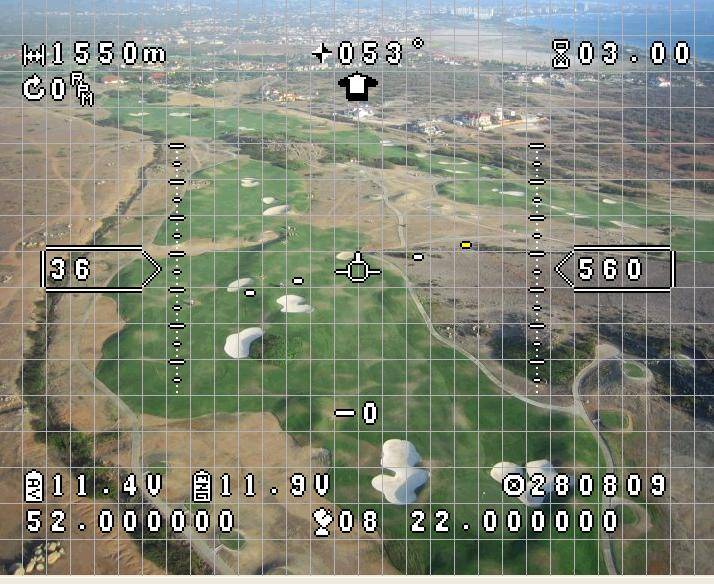All Posts (14056)
I was fortunate to be a part of the DIYDrone trip to NASA Ames Research Center (ARC) yesterday at Moffett Field in Santa Clara. We were treated of wide variety of conversations with NASA's UAV professionals including Chad Frost, our sponsor for the day. (Thanks Chad and everyone else @NASA!). For those who couldn't make it, here is a little writeup of the excursion:
Chad began by leading the dozen of us through security checkpoints to the 'escort required' side of Moffett Field and the UAV hangars. The first stop was a commercial UAV platform, an orange Calaban heli airframe, customized with an array of mission video and scanning laser sensors (in addition to the flight related sensors). Interestingly it used a PC running a tweaked Linux as the top layer managing OS. Sensors (ie GPS, 3axis accs, etc) were running in their own environments and feeding the outer loop(s?) system. The ground station(s) were housed in a trailer and received realtime updates from the UAV. Check out the imaging of us standing in front of the heli!
The Sierra frame has flow 41 times, 11 with payloads. It was just returned from Norway (No, it did't go off course!) doing some atmospheric science.
We were next shown a 41' wingspan Swift glider that is to be retrofitted with an electric motor and converted to a UAV. It should be able to take payloads up to about 220 lbs in total toward their goal of learning about green efforts in the UAV arena.(See my album for the spec sheet) Last we saw a 1/3 scale Piper cub that is being worked on to research dynamic adjustments of control surface, unless that was another one of the many other projects and offices we crashed.I was pleased to meet a sampling of the DIYDrones.com members too. I think we all learned quite a bit from NASA and each other and our projects. More pictures are in albums under:
I know I've left out a ton of detail (like Google's Dornier Alpha) so please comment on you experiences below and post links to your pix.
Thanks again to Chris and Chad for getting this together. The next time a field tip that comes up, I recommend you jump on it.


UAV low altitude flight, autopilot with IMU from Krzysztof Bosak on Vimeo.
Amateur robotic plane flying at tree level (10m above takoff point).Envelope pattern with 150-170m legs and very little error margin for anything.Only barometric altitude sensor has been used, GPS might drift too much during banked turns.Takeoff and landing in manual mode (classic RC transmitter).There was also 8m flight but the camera power died.In general altitude control band is +/-4m, 8m in windy weather worst case.NO distance ranger has been used. So for now are avaliable to firmwares for OSD , first as display termional only working without GPS named no_gps.hex and second normal OSD firmware OSD1_60.hex with ability to display anything in the middle of NMEA commands .No GPS firmware can be downloaded here - http://www.rcgroups.com/forums/showpost.php?p=12973661&postcount=1344and 1_60 firmware is already avaliable with PC software update - or here - http://www.rcgroups.com/forums/showpost.php?p=12973724&postcount=1345with pictures of possible connections .I hope that this firmware will help for many peaples doing his own project and will made poor man's OSD more open to world , also be more universal to variouse usage in many other project , not only flying platforms .
So for now are avaliable to firmwares for OSD , first as display termional only working without GPS named no_gps.hex and second normal OSD firmware OSD1_60.hex with ability to display anything in the middle of NMEA commands .No GPS firmware can be downloaded here - http://www.rcgroups.com/forums/showpost.php?p=12973661&postcount=1344and 1_60 firmware is already avaliable with PC software update - or here - http://www.rcgroups.com/forums/showpost.php?p=12973724&postcount=1345with pictures of possible connections .I hope that this firmware will help for many peaples doing his own project and will made poor man's OSD more open to world , also be more universal to variouse usage in many other project , not only flying platforms .